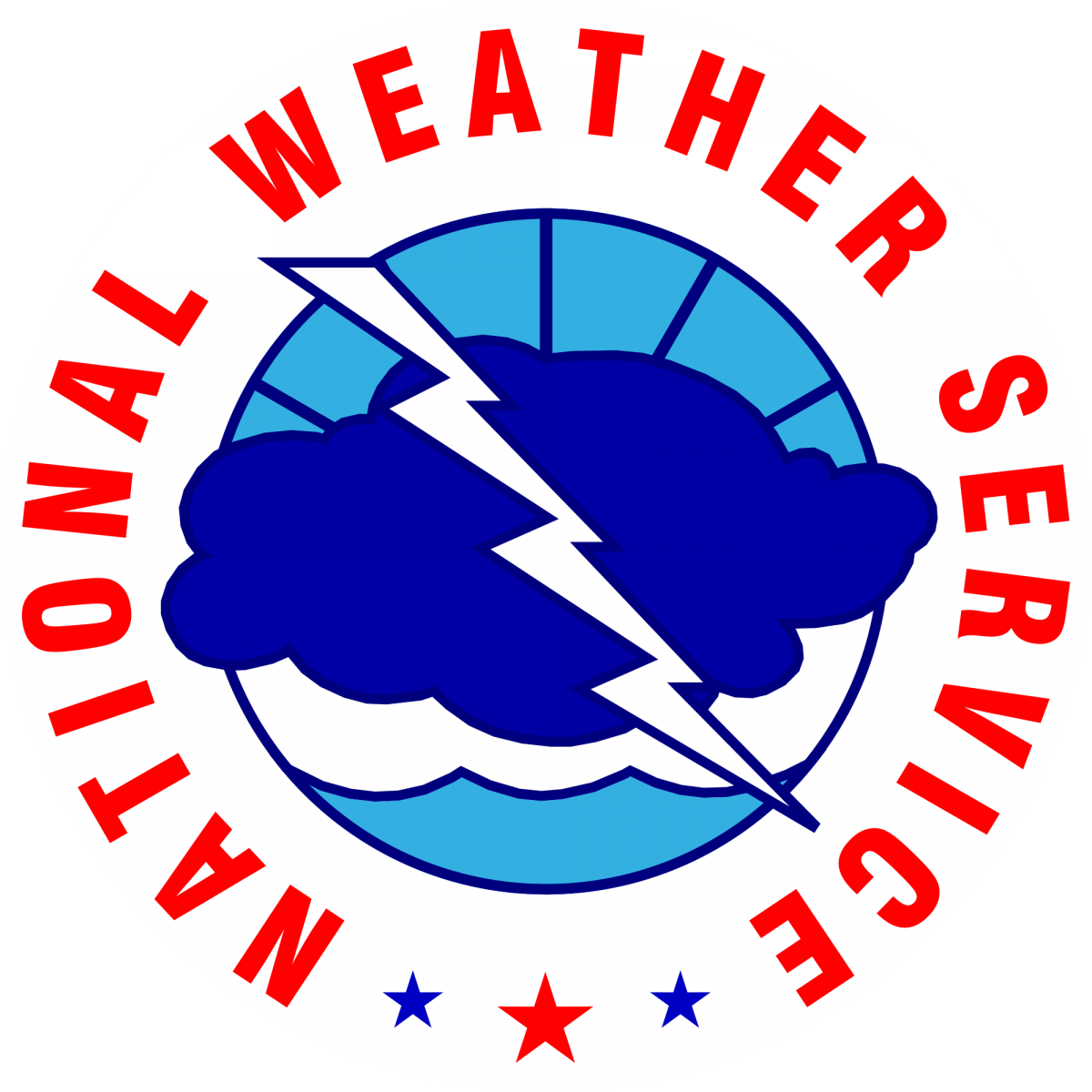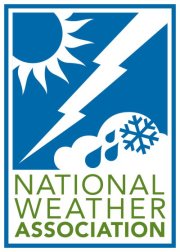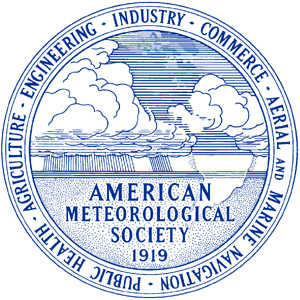Celebrating National Weatherperson's Day
 |
February 5th is National Weatherperson's Day.
The day commemorates the birth of John Jeffries in 1744. Jeffries, one of Americas first weather observers, began taking daily weather observations in Boston in 1774 and he took the first balloon observation in 1784.
This is a day to recognize the men and women who collectively provide Americans with the best weather, water, and climate forecasts and warning services of any nation.
Many of us take weather information for granted. Turn on a light switch, you get light. Turn on your television or radio, or check a web site and you get the weather forecast. It is easy to forget that around the clock, dedicated meteorologists, hydrologists, technicians and weathercasters are vigilantly creating forecasts to help you plan your day, and issuing warnings to help keep you safe.
 |
The men and women at your local National Weather Service forecast office gather the raw weather data, analyze the data, and study numerical computer models in order to issue the weather and River forecasts and warnings to protect life and property.
Specialized marine and aviation forecasts help enhance the national economy. Spot forecasts help firefighters control wildfires and emergency management officials contain hazardous chemical spills. Extensive climate records help engineers, architects, researchers, insurance companies and utilities.
The primary mission of the National Weather Service is to provide the American public with the best possible warning service to save lives. Recent severe weather statistics show that we continue to improve our capability to warn the public of impending hazardous weather.
 |
The National Weather Service could not accomplish its mission without a diverse group of partners helping in the process.
Nationwide, more than 11000 volunteer cooperative observers take regular measurements of temperature, precipitation and other data, which is used by forecasters and climatologists. Nearly 300,000 volunteer storm spotters are trained by the National Weather Service to provide visual reports of severe weather conditions to forecast offices and local emergency management officials. Volunteer amateur radio operators provide critical emergency communications during severe weather.
Most of the colorful weather graphics seen on television and in newspapers come from another member of the America's weather team. Commercial weather companies enhance the presentation of the National Weather Service data and information for their clients in the media and in many weather-sensitive industries, and provide customized forecasts and services for clients.
Finally, television weathercasters are the most visible members of America's weather team. They are the trusted faces many people turn to for weather information, and they relay the official National Weather Service watches and warnings for hazardous weather.
On National Weatherperson's Day, the National Weather Service would like to thank all of the volunteers and our partners in television and commercial weather services. Thank you and happy Weatherperson's Day.